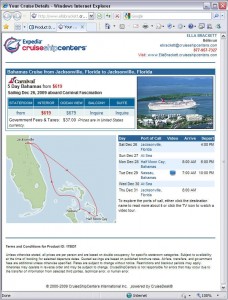Rich Media Mobile Ads
As the mobile market continues to grow, mobile advertising opportunities are growing right along with it. The capabilities of the ads, too, are quickly expanding.
This week the Mobile Marketing Association released a Rich Media Mobile Advertising whitepaper. You can take a look at the free six-page guide to get a quick introduction to the types of rich mobile ads in the market (not including apps or games).
While mobile display advertising mimics some aspects of online display advertising, there is one key difference I noticed from the whitepaper’s examples. Mobile ads are more likely to expand into a full-screen experience—which is not a common feature in online display ads.
“As highly interactive and feature-rich smartphones continue to dominate new mobile device sales, rich media mobile ad units will comprise an ever-growing portion of the mobile advertisement display market in the U.S. and around the world,” according to the MMA’s whitepaper.
In the fourth quarter of 2009, an average of 19% of mobile advertisers used rich media mobile ad units, according to the whitepaper. These ads include:
o Ads with video, sound or interactive features
o Expandable ads
o Animated ads
o Floating ads
Take a look at the report for great examples from promotions involving The Weather Channel, Alice in Wonderland and Lincoln. The examples include high-quality screenshots and brief descriptions of the ads’ functionality.
If you’re interested in rich mobile advertising, the report can give you a few examples for inspiration, and a few guidelines around sizing, functionality, and why you should give users “close” and “skip” buttons in the ads.
Are you buying these types of ads? If so, let us know what you think of them in the comments…









